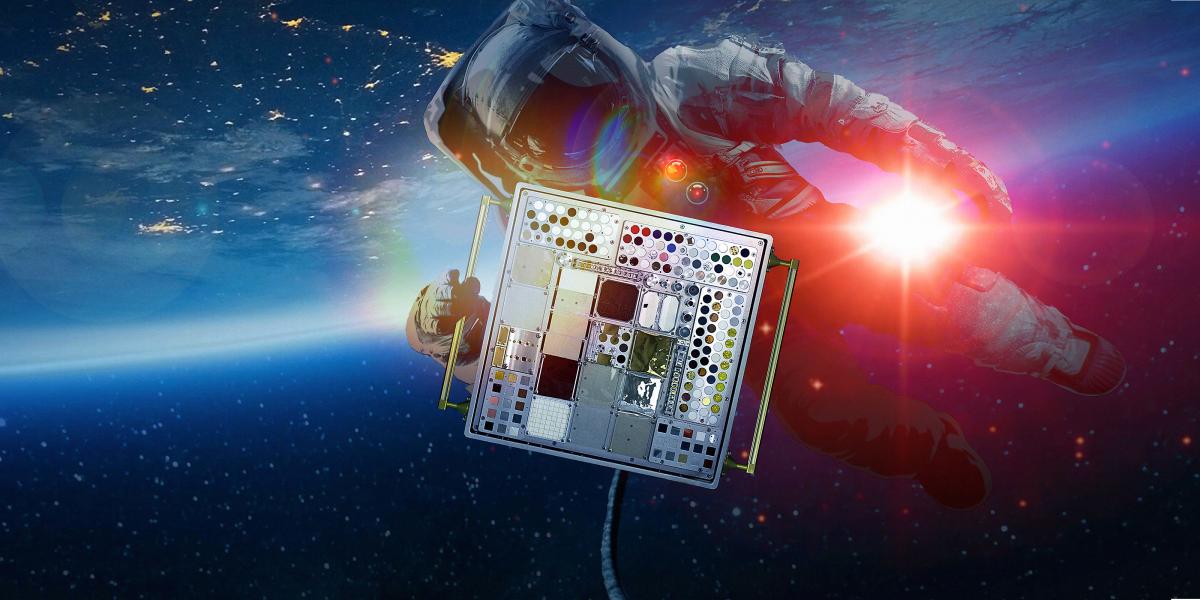Melanin in Space
Melanin samples are headed to the International Space Station to test their ability to protect against radiation.
Melanin—the pigment that produces hair, skin, and eye color—also holds great potential to shield humans and equipment from radiation in space.
The pigment plays multiple roles in biology, says Radames J.B. Cordero, PhD, a research associate in Molecular Microbiology and Immunology. “A lot of organisms use melanin to capture heat from the environment. It is very good at absorbing electromagnetic radiation,” says Cordero.
With a seed grant from the Bloomberg School Technology Development Accelerator Fund, Cordero and his collaborators have isolated melanin from fungi and begun exploring its properties and potential applications.
Soon, they will be able to test how well melanin will hold up in space. NASA will send Cordero's samples—in the form of fungal melanin composite discs—to the International Space Station in late October.*
Part of the Materials International Space Station Experiment, Cordero’s melanin discs will also reveal melanin’s shielding ability against radiation and whether it’s more effective than lead at protecting satellites and electronics.
“The goal will be to take melanin and create biomaterials inspired by nature,” Cordero explains. “We’re seeing if we can mimic biology and learn from biology to our benefit.”
*This has been updated from the original version, which specified a December launch date.
